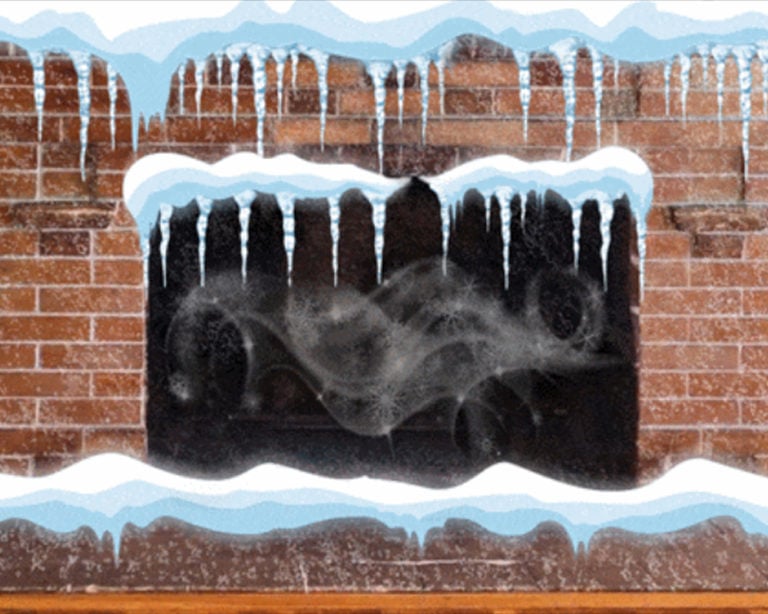Is a Fireplace a Cost-Effective Way to Heat Your Home?
In the right scenario – which we’ll look at below – a fireplace can be an excellent supplemental heating appliance. A good fireplace can do a great job at heating the room it’s in and even some other areas proximal to the room.
Here are five things to consider if you’re thinking of buying a new fireplace or hoping to get more out of the one you have.
1. Not all fireplaces are the same
What we call a “fireplace” can actually be three different appliances:

- Traditional open masonry fireplace
- Gas or wood-burning fireplace insert
- Gas or wood factory-built fireplace
Each type of unit functions differently and brings different levels of cost-efficiency.
2. Heat-efficiency ratings
In simple terms, heat-efficiency ratings are given to heating appliances to show how much heat they’ll produce in your home versus how much heat is lost in the combustion process.
For example, traditional masonry fireplaces often are rated at 10% to 20% efficiency, which means 80% or 90% of their heat never enters your home. Modern zero-clearance (ZC) fireplaces and fireplace inserts (which are self-contained units that fit into an existing firebox) come with efficiency ratings of 60% and as high as 90%.
If you’re after cost-efficient heating, you’ll get the most “bang for your buck” with a ZC fireplace or fireplace insert.
3. The size of your home
Fireplaces if built well and working properly should be able to bring warmth to the room they’re in. But no single fireplace will effectively heat a large home.
If you have multiple rooms within your home, you might consider adding a second or third fireplace for zone heating. Zero-clearance fireplaces come in many sizes and BTU outputs and can be safely installed in bedrooms, dens, kitchens and even bathrooms.
 4. Condition of the fireplace and vent system
4. Condition of the fireplace and vent system
For any kind of fireplace to work in a cost-effective manner, it’s critical that it is kept maintained and that its vent system (especially for wood-burning units) is clean and in good repair.
Even a standard masonry fireplace will perform better when the chimney is clean and free of drafting obstructions such as built-up creosote and outside debris like leaves, twigs and small-animal nests.
Gas and wood zero-clearance fireplaces and inserts should be inspected annually by a certified chimney or fireplace technician to ensure that they’re working as they should. All venting systems for wood-burning appliances should be swept (cleaned) once a year to prevent fires and to keep the smoke path open and clear.
5. The condition of your home
If you home has small areas where cold air is coming through, the efficiency of your fireplace will be reduced. During these frigid winters we have in Connecticut, even keeping doors open too long while entering and exiting can allow large amounts of cold air into the home that will have to be warmed.
Obviously, you can’t avoid opening doors, but you can caulk around window frames, install double-pane windows, make sure the attic is well-insulated and perform other tasks to conserve energy and heat.
So the answer to the question – is a fireplace a cost-effective way to heat your home? – is yes, if you have the right kind of fireplace, don’t expect it to do more than it’s capable of doing and keep it in top shape through chimney cleaning, inspection and repair.
Northeastern Chimney of West Hartford, CT, can help you choose the ideal new fireplace for your home and install it safely and correctly. We also offer complete chimney sweep services, chimney and fireplace inspections and all types of appliance and vent system repairs.
Speak with a certified hearth expert today at (860) 233-5770.
This post first appeared on https://www.mychimney.com

 Drafting obstructions
Drafting obstructions Damage to chimney components
Damage to chimney components

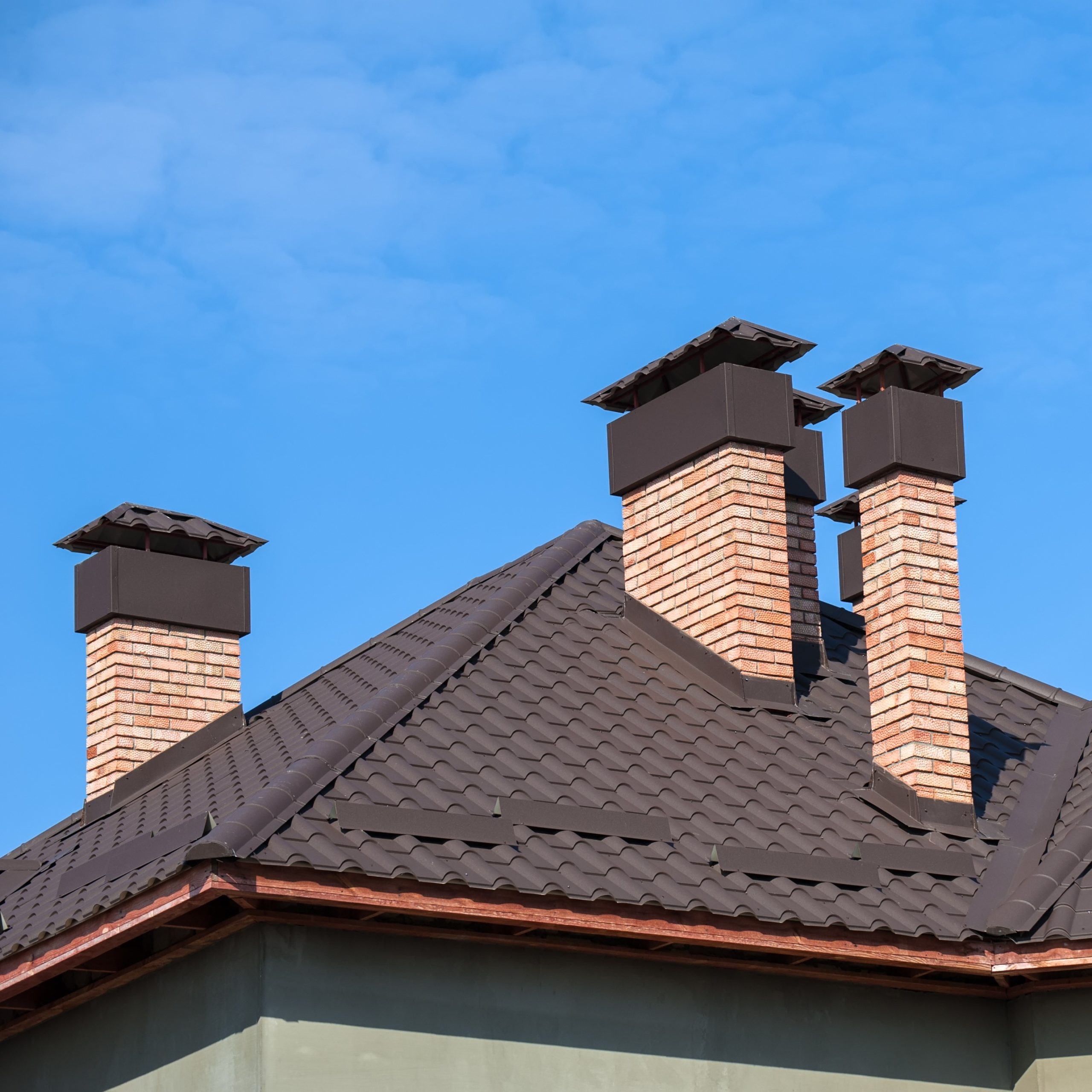 Chimney cap vs. flue cover
Chimney cap vs. flue cover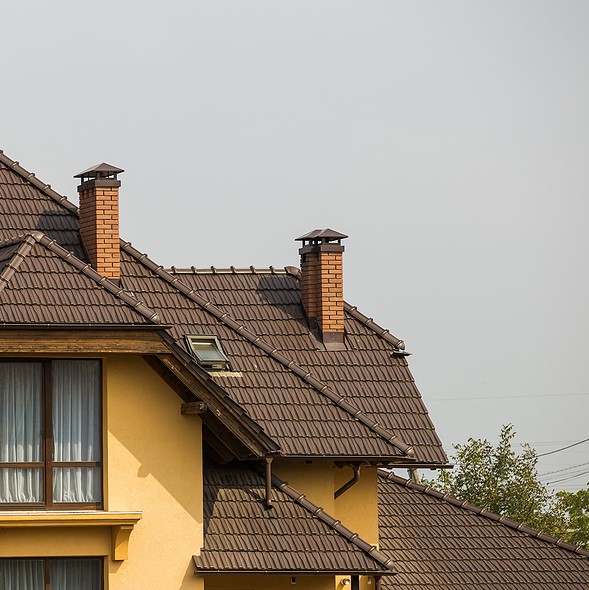 3. Block rain and snow
3. Block rain and snow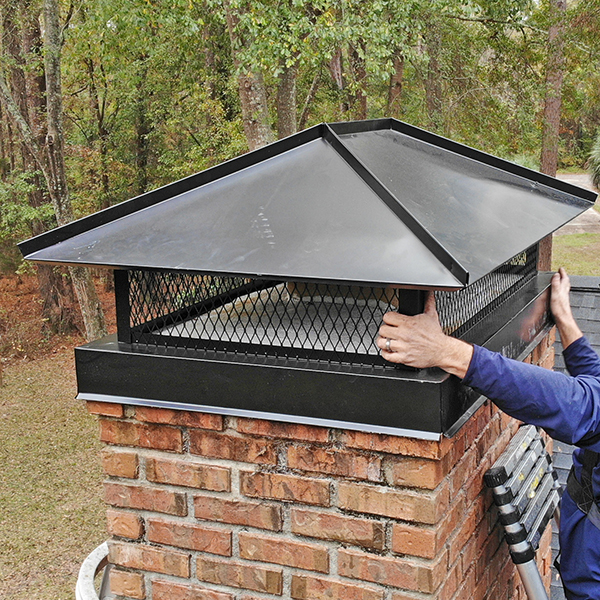 What is a Chimney Cap?
What is a Chimney Cap?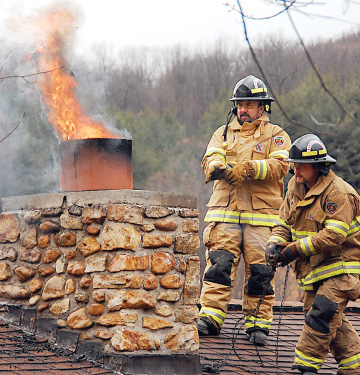 Fire Prevention
Fire Prevention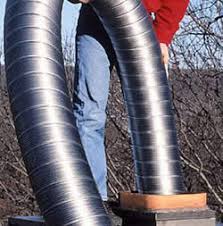 Let’s talk about
Let’s talk about 